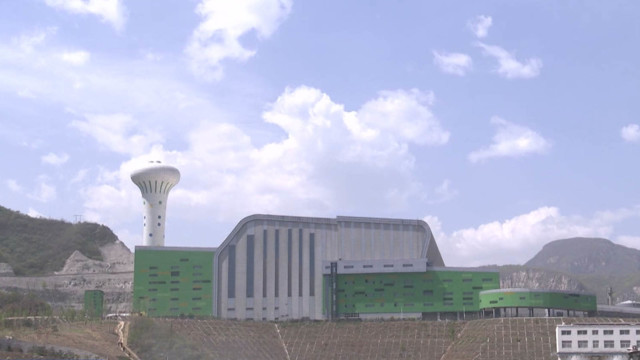The amount of waste generated every day in Beijing now surpasses 20,000 tons. Incineration has become a primary way to deal with all that trash.
CGTN’s Ning Hong visited one of the city’s most advanced incinerators.

Deep inside Beijing’s western mountain area sits the Lujiashan Facility, which incinerates one-eighth of the waste produced by the capital every day.
“Our goal is to reduce the quantity of waste, make it less harmful to the environment and better use it as a resource,” said Zhao Shuming, the chief of technical quality control at the facility.
Energy from burning the garbage is used to generate power and provide heat in winter. The air pressure inside the Lujiashan Facility is kept lower than the outside air pressure to prevent smells from leaking out.
Day and night, 260 trucks take garbage to the incinerator, whose four furnaces can burn 3,000 tons of waste every day. The vast pit where garbage is stored can hold 40,000 tons of waste.
Zhao Shuming said one of the disadvantages of incineration is dioxin, a toxic pollutant.
“The dioxin that this facility generates is 80 percent lower than the national standard,” Zhao said, adding that he is not worried about working at the facility.
He said the garbage burned at Lujiashan is mostly unsorted household waste. Better sorting would help reduce pollution, he said.
 CGTN America
CGTN America
